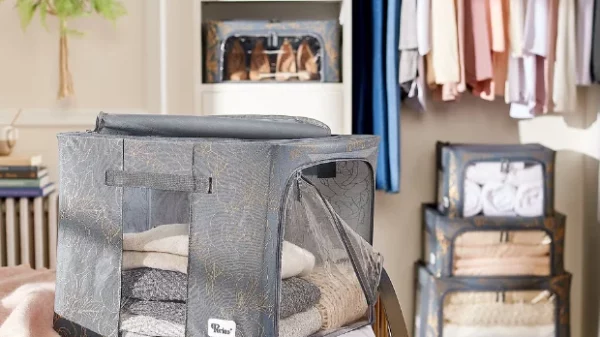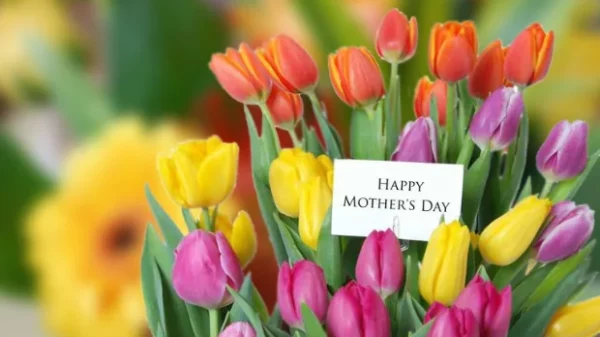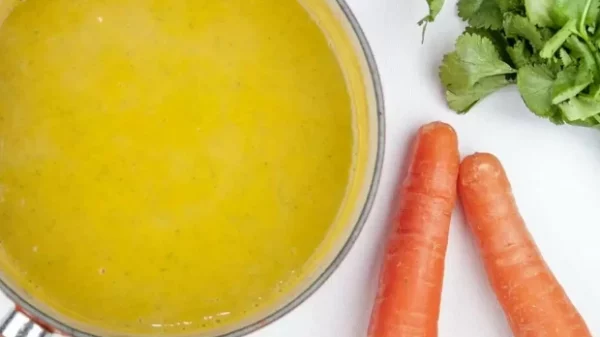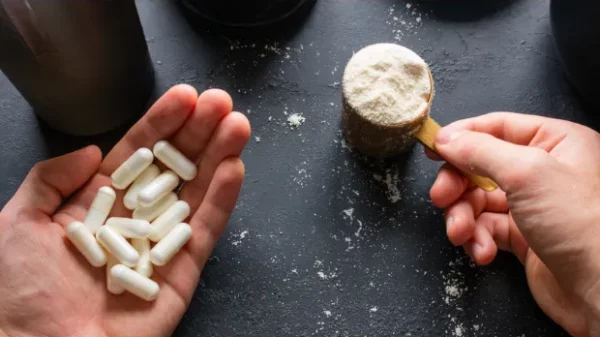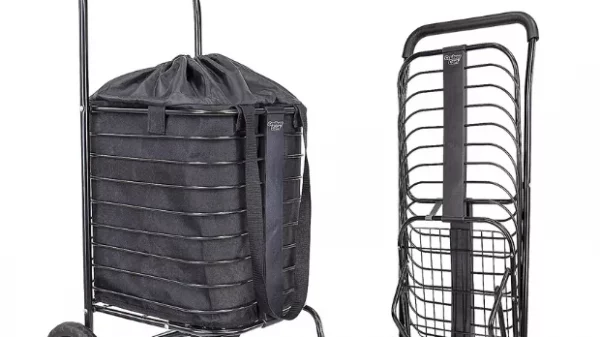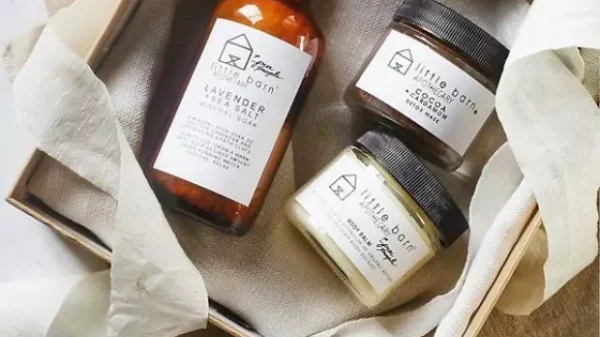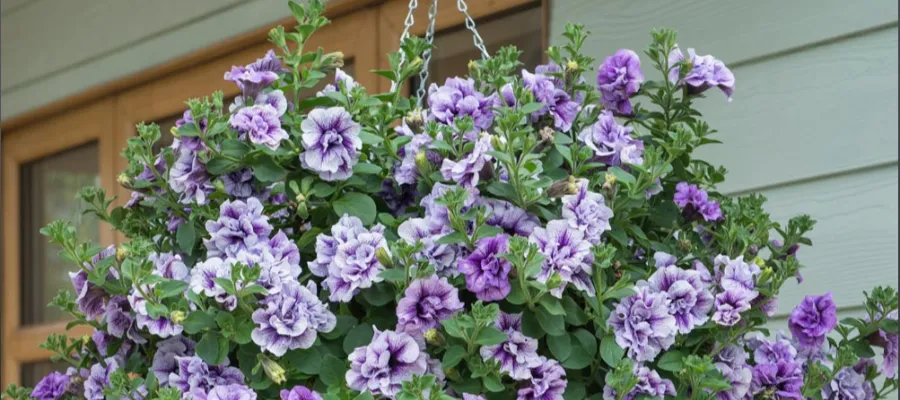
Bedding Plants | Hermagic
Bedding plants are indeed the perfect addition to your garden, adding a burst of vibrant colours and fragrant blooms. These versatile plants, known for their ability to thrive in various garden settings and weather conditions, can transform your outdoor space into a picturesque oasis. Whether you’re looking to create stunning flower beds, decorate hanging baskets, or fill garden containers, bedding plants offer an array of choices to suit your gardening preferences.
When to plant bedding plants?
The best time to plant bedding plants in the UK generally depends on the type of bedding plants you choose and the local climate. In most regions of the UK, the prime planting window for summer bedding plants like petunias, marigolds, and begonias is between late spring and early summer, usually from may to early june, when the risk of frost has passed and the soil has warmed up. However, for spring-flowering bedding plants like pansies or primroses, planting them in autumn would offer a colourful display of flowers blooming.
What is the best watering technique for bedding plants?
It’s essential to water bedding plants at their base and soil level rather than overhead, as wetting the foliage can promote disease and fungal issues. Try watering the plants early in the day as it allows excess moisture to evaporate before evening, reducing the risk of fungal growth. Ensure that the soil is well-draining, as waterlogged roots can lead to root rot.
When determining when to water, monitor the soil’s moisture level by sticking your finger about an inch into the soil. If it feels dry at the bottom, that means it’s time to water the plant. Adjust your watering frequency based on weather conditions, as plants may require more water during hot and dry spells and less during cooler, rainy periods.
How to choose the right bedding plants for your garden?
Choosing the right bedding plants for your garden depends on various considerations to ensure a beautiful and thriving landscape.
1. Climate and Location
Assess your garden’s climate, including factors like temperature, sunlight, and wind exposure. Different plants thrive in distinct conditions, so select those best suited according to your area. Also, consider whether your garden receives full sun, partial shade, or is predominantly sunny.
2. Soil Quality
Understand your soil type and quality. Some bedding plants prefer well-draining sandy soil, while others do well in clayey soil. You may need to amend the soil or choose plants that adapt to your garden’s soil conditions.
3. Type of Bedding Plant
Decide whether you want perennial or annual bedding plants. Perennials return each year, providing beautiful and consistent blooms, whereas annuals offer vibrant, seasonal displays but require replanting every year.
4. Size and Growth Habit
Understand the mature size and growth habits of the plants you are investing in. Some plants are compact and low-growing, ideal for edging or borders, while others may be taller and wider, serving best as centre of attention.
What are some common pests and diseases that affect bedding plants?
Bedding plants are susceptible to various pests and diseases and require protection. Here’s how to protect your plants-
1. Aphids
Aphids are tiny, sap-sucking insects that can distort plant growth and spread various diseases. You can protect your plants from aphids by using insecticidal soap, or regularly spraying plants with a strong stream of water to dislodge them.
2. Slugs and Snails
Slugs and snails feed on leaves and stems, leaving behind holes and slime trails. You can keep your plants safe by using slug traps, barriers like copper tape, or natural predators such as frogs and toads to keep them away.
3. Spider Mites
The spider mites are microscopic pests that cause stippling and webbing on plants. By increasing the humidity around plants, using insecticidal soap, or applying predatory mites, you can prevent spider mites from harming the plant.
4. Powdery Mildew
Powdery mildew is a fungal disease that appears as a white, powdery substance on plant leaves, making them wither and eventually die. Improving the air circulation, watering plants at the base, and applying fungicides if necessary are the ways to protect your plant.
5. Root Rot
Excess moisture can lead to root rot, a fungal disease that causes plant roots to decay quickly. So, by avoiding overwatering the plants and ensuring proper drainage, you can easily safeguard them. Also, using a sterile potting mix can prevent root rot too.
What are some popular types of bedding plants for gardens and flower beds?
1. Pansy Atlas Black
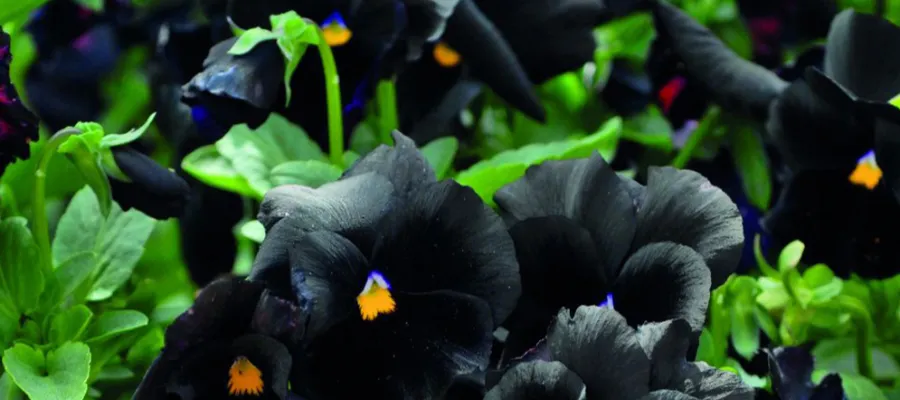
Pansy Atlas Black | Hermagic
The Pansy Atlas Black plant stands as a bold and eye-catching focal point in your garden. You can let it shine on its own or pair it with vibrant, brightly coloured pansies, especially orange ones for a contrasting backyard. It’s perfect for planting along the borders of your garden, in rockeries, and in boxes or containers. Plus, it’s an excellent choice if you’re planning a Halloween-themed bedding display. This variety typically reaches a height of 8 inches and spreads about 9 inches wide.
2. Viola F1 Sorbet Honeybee
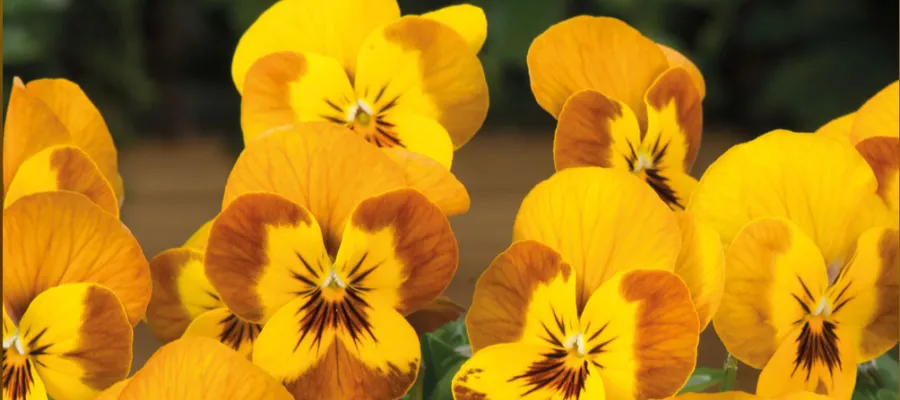
Viola F1 Sorbet Honeybee | Hermagic
These Violas F1 Sorbet Honeybee bedding plants feature sunny, honey-coloured blooms with captivating flower patterns. What sets ‘Honeybee’ apart is its consistent colours and markings, making it a truly remarkable variety. These compact and rich violas are a perfect choice for brightening up your garden in autumn and carrying their beauty along into the spring season.
3. Nurseryman’s Choice Winter Flowering Bedding
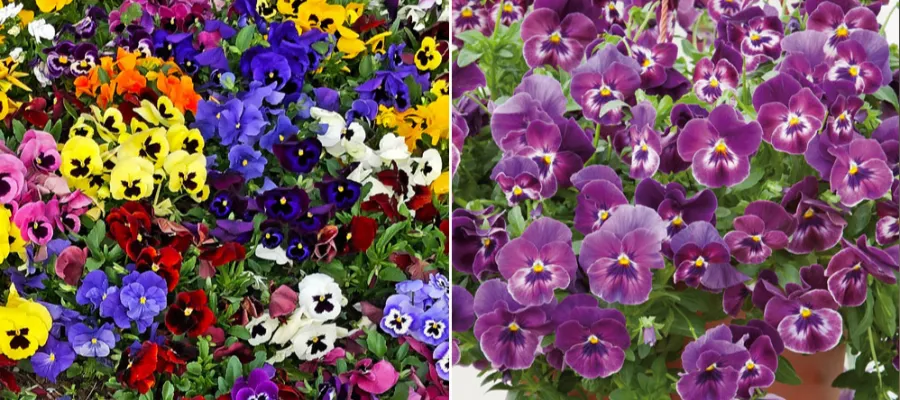
Nurseryman’s Choice Winter Flowering Bedding | Hermagic
If you are finding it challenging to choose from so many winter bedding plants, why not opt for the Nurseryman’s Choice Winter Collection? With this collection, you get a winning assortment of winter bedding plants that are suitable for various purposes. Whether you plan to arrange them in containers, baskets, or garden beds and borders, you can look forward to a vibrant and cheerful display that will add warmth to your garden throughout the winter and into spring.
4. Petunia Priscilla
Petunia Priscilla boasts lovely mauve petals that are elegantly curled to create striking double blossoms. These flowers are notably larger than those of other trailing petunias with double blooms, making them a delightful choice for hanging baskets and pots. What sets the plant apart is its resilience, having been bred to thrive in the British climate. These robust blooms can even withstand harsher weather conditions and stay resilient.
Conclusion
When it comes to bedding plants, you have so many colourful and versatile options to choose from. And, with Thompson & Morgan’s help, one of the biggest UK seed and plant companies, you can easily order the seeds online and grow yourself a vivid garden. For more such, information, visit Hermagic.
FAQs









